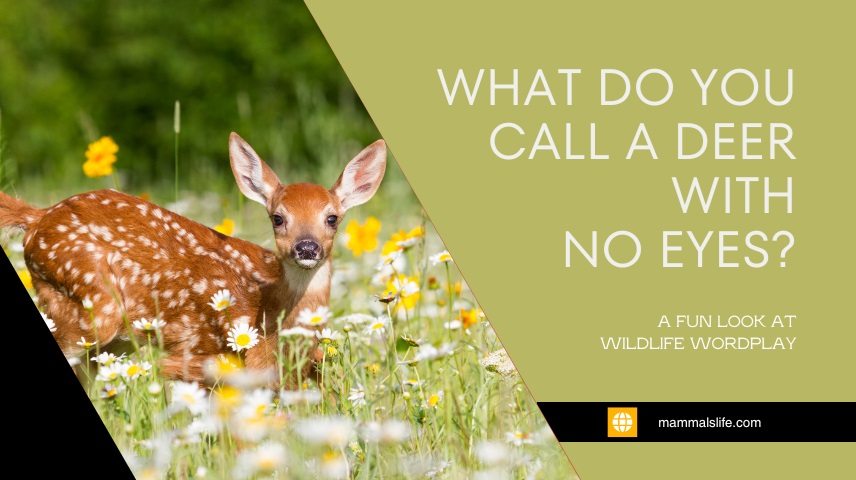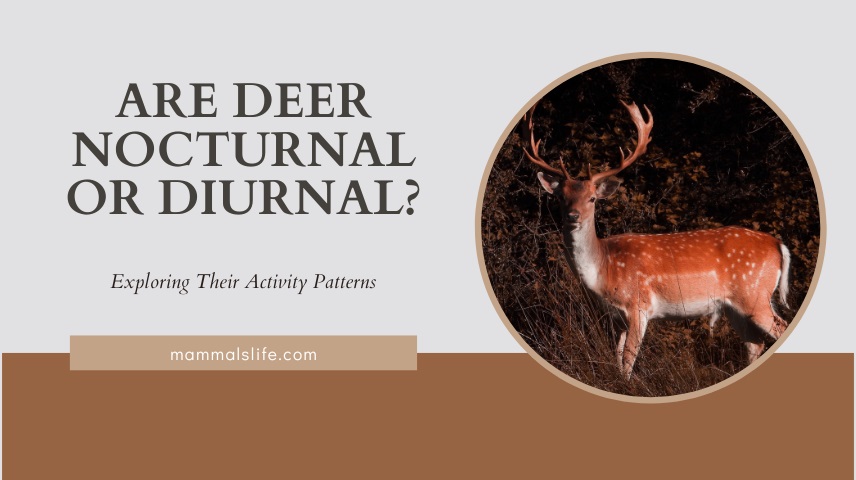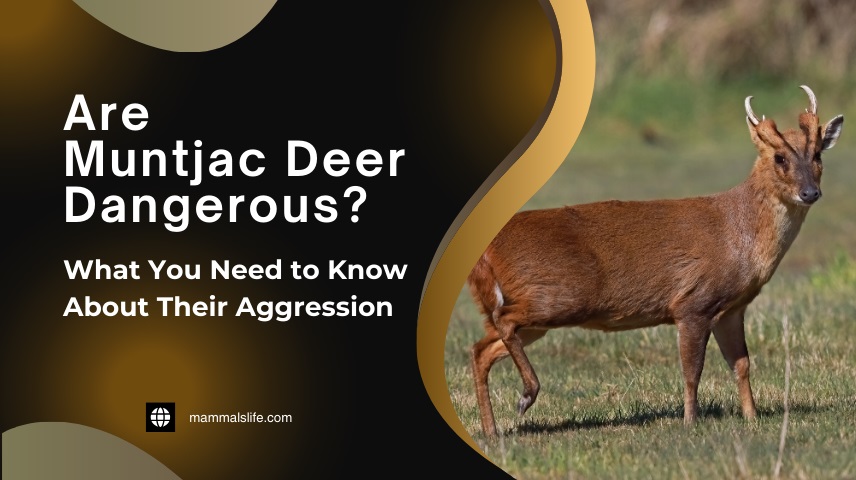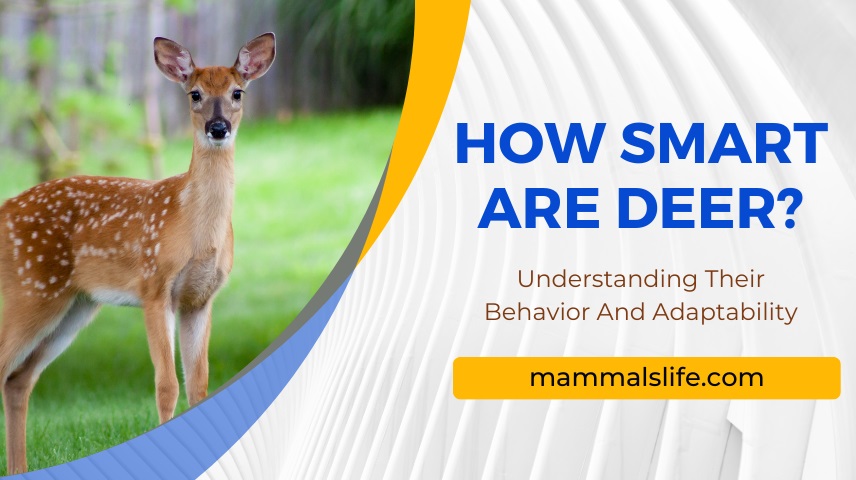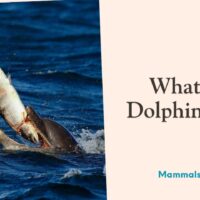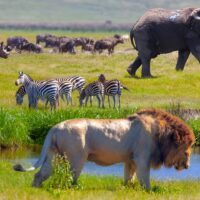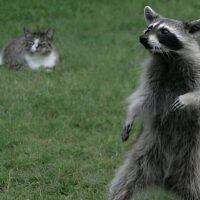Last Updated on February 22, 2025 by Mammals Life
The answer is “No idea.” This playful phrase combines humor with wordplay.
Wildlife wordplay offers a delightful way to engage with nature. Puns and jokes about animals can be both entertaining and educational. They spark curiosity about wildlife while making people laugh. Understanding these puns requires a bit of knowledge about animals, enhancing our appreciation for them.
The deer pun, “No idea,” is a classic example. It cleverly plays on words to create humor. Sharing such jokes can brighten someone’s day and foster a love for wildlife. Dive into the world of animal puns and discover the joy they bring.
Introduction To Wildlife Wordplay
Wildlife wordplay brings joy and laughter to many. These jokes often involve puns and clever twists on animal names. They help us see animals in a new light and make us giggle.
The Charm Of Animal Jokes
Animal jokes have a unique charm. They are simple yet clever. For example, “What do you call a deer with no eyes?” The answer is “No idea.” It’s a fun play on words that makes people laugh.
These jokes are easy to understand. They use common animals and simple phrases. Kids and adults enjoy them equally. Here are a few more examples:
- What do you call a fish with no eyes? Fsh!
- Why did the chicken join a band? Because it had the drumsticks!
- How do bees get to school? They take the buzz!
Why Wordplay Matters
Wordplay is important because it enhances language skills. It encourages us to think creatively. It also helps us understand double meanings and homophones.
Wordplay can improve vocabulary. It makes learning fun. It can also boost problem-solving skills. Here are some benefits of wordplay:
| Benefit | Description |
|---|---|
| Enhances Creativity | Wordplay encourages creative thinking and imagination. |
| Improves Vocabulary | Learning new words through jokes expands vocabulary. |
| Boosts Problem-Solving | Understanding jokes involves critical thinking and logic. |
Read More – How Old Do Whitetail Deer Live? Factors That Influence Their Longevity
Classic Animal Puns
Animal puns are a delightful way to bring a smile to anyone’s face. These jokes are simple, catchy, and often hilarious. Classic animal puns have stood the test of time. They entertain kids and adults alike. Let’s explore some of these timeless gems.
Timeless Deer Jokes
Deer jokes are a classic in the world of animal puns. They are simple, funny, and loved by everyone.
| Joke | Punchline |
|---|---|
| What do you call a deer with no eyes? | No-eye deer! |
| What do you call a deer with no eyes and no legs? | Still no-eye deer! |
| What do you call a deer with no eyes, no legs, and no tail? | Still no-eye deer, no tail! |
Other Popular Animal Puns
Animal puns extend beyond deer. Here are some other popular animal jokes:
- Why don’t seagulls fly over the bay? Because then they’d be bagels!
- Why do cows have hooves instead of feet? Because they are lactose!
- Why did the scarecrow win an award? Because he was outstanding in his field!
These jokes are simple, memorable, and guaranteed to make you laugh. Enjoy sharing them with friends and family!
Read More – Do Whitetail Deer Shed Their Antlers? A Guide to the Shedding Process
The Anatomy Of A Good Pun
Puns make us laugh by playing with words. A pun uses similar sounds or meanings to create humor. Understanding the anatomy of a good pun helps us appreciate this clever wordplay. Let’s dive into the elements that make puns funny.
Wordplay Mechanics
A good pun relies on wordplay mechanics. This includes using homophones, homonyms, and double meanings. Homophones sound the same but have different meanings, like “deer” and “dear.” Homonyms are words that look the same but mean different things, like “bat” (an animal) and “bat” (sports equipment).
Puns also use double meanings to surprise us. For example, in the pun “What do you call a deer with no eyes? No eye deer!” the surprise comes from the double meaning of “no idea” and “no eye deer.”
Cultural Influences
Cultural influences shape how we understand and enjoy puns. Different cultures have unique languages and humor styles. What is funny in one culture might not be in another. For example, English puns may use idioms that are not present in other languages.
Popular culture also impacts puns. Movies, TV shows, and books introduce new phrases and slang. These become part of our pun vocabulary. For instance, a pun using a famous movie quote can be more relatable and funny.
Examples Of Wildlife Puns
| Pun | Explanation |
|---|---|
| What do you call a fish with no eyes? Fsh! | Plays on the missing letter “i” to create humor. |
| Why don’t scientists trust atoms? They make up everything. | Uses the double meaning of “make up” (create) and “lie”. |
Read More – How High Can a Deer Jump? Exploring the Impressive Leaping Abilities of Deer
Deer-inspired Humor
Deer jokes are a fun way to bring laughter to any conversation. They are simple, clever, and easy to remember. One of the most popular jokes is about a deer with no eyes.
No-eyes Deer Joke
The classic joke goes: “What do you call a deer with no eyes?” The answer is: “No-eye deer!” This joke is a play on words. It sounds like “no idea.”
Variations And Spinoffs
Many variations of this joke exist. Here are a few:
- No-Eyes, No-Legs Deer: “What do you call a deer with no eyes and no legs?” Answer: “Still no-eye deer.”
- No-Eyes, No-Legs, No-Tail Deer: “What do you call a deer with no eyes, no legs, and no tail?” Answer: “Still no flipping idea!”
These jokes use simple wordplay. They are easy to share with friends and family.
Wildlife And Language
Wildlife offers a rich tapestry for language play. This includes jokes, idioms, and puns. A popular joke asks, “What do you call a deer with no eyes?” The punchline is “No idea!” This joke blends humor with animal imagery. Let’s delve into how animals inspire language.
Animal Names In Idioms
Animals often feature in idioms. These sayings carry deeper meanings. Here are a few common examples:
- Elephant in the room: An obvious problem everyone ignores.
- Busy as a bee: Very active and hardworking.
- The early bird catches the worm: Success comes to those who prepare.
These idioms use animals to convey wisdom. They make language vivid and memorable.
Language Evolution
Language evolves. New words and phrases appear. Animal-related terms often adapt. This keeps language vibrant. For example:
| Old Term | New Term |
|---|---|
| Foxy | Smart |
| Monkey business | Mischief |
These changes reflect societal shifts. They show how language and culture intertwine.
Creating Your Animal Puns
Animal puns are a fun way to enjoy wordplay. You can create your puns easily. It just takes a little imagination and practice. Let’s explore some tips and examples to help you get started.
Tips For Beginners
Starting with animal puns can be simple. Here are some tips:
- Choose an animal you like or find interesting.
- Think of words that rhyme with the animal’s name.
- Look for phrases or sayings that can be twisted humorously.
- Keep it simple and easy to understand.
For example, take the word “deer.” A classic pun is: “What do you call a deer with no eyes? No-eye deer!” This play on words makes it funny and memorable.
Incorporating Local Wildlife
Using local wildlife in your puns can make them more relatable. Here are some steps:
- Identify animals common in your area.
- Research their characteristics or habits.
- Create puns based on these traits.
For instance, if you live near a forest with many squirrels, you could say: “Why did the squirrel take a nap? Because it was feeling nutty!”
Another example is using birds in your puns. “Why did the crow sit on a telephone wire? It wanted to make a long-distance caw!”
Incorporating local wildlife adds a personal touch to your puns. It makes them more engaging for your audience.
| Animal | Pun Example |
|---|---|
| Deer | What do you call a deer with no eyes? No-eye deer! |
| Squirrel | Why did the squirrel take a nap? It was feeling nutty! |
| Crow | Why did the crow sit on a telephone wire? To make a long-distance caw! |
Animal puns are a delightful way to play with language. Use these tips and examples to craft your own fun and engaging wordplay. Happy punning!
Frequently Asked Questions
What Is A Deer Gaze?
A deer gaze refers to the intense, focused look deer give when sensing danger or curiosity. Deer freeze and stare.
Where Do Deer Get All Their Coffee?
Deer don’t drink coffee. This question is a playful joke. Deer typically consume plants, leaves, and fruits.
What Is The Joke About A Deer With No Eyes?
The joke is a play on words: “No eye deer” sounds like “no idea. “
Why Is Wildlife Wordplay Popular?
Wildlife wordplay is popular because it combines humor and nature, making it entertaining and educational.
How Can Wordplay Improve Language Skills?
Wordplay sharpens language skills by encouraging creative thinking and a better understanding of puns and homophones.
Conclusion
Wordplay with wildlife names brings joy and laughter. Understanding these puns enhances our appreciation of language and nature. Keep exploring and sharing these witty gems. They not only entertain but also connect us with the animal kingdom in a fun way.
Enjoy the whimsical world of wildlife wordplay!

